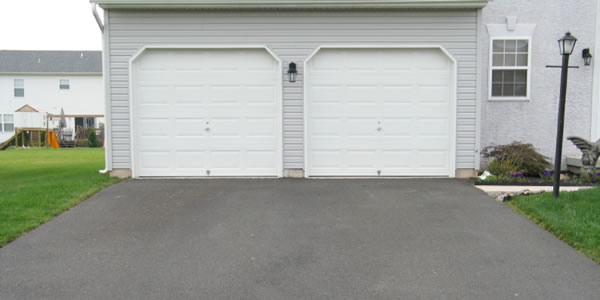Keeping Up Appearances
While a coat of sealant may be all that’s needed to give your driveway the face-lift it needs, local cracks and heaving are indication of water accumulation and need attention. As a general rule of thumb, driveways will require resurfacing every seven to 10 years.
A quality paving job will stand the test of time, so it pays to do a bit of homework before choosing a paving contractor. Get more than one estimate and make sure each contractor specifies the same materials, base preparation and quality of materials used.
Cracks of less than half an inch are considered minor and can be easily filled. Larger cracks can be sealed, while cracks over one-inch wide should be patched with hot mix asphalt.
If there are no drainage problems, the driveway may be resurfaced. This means adding new asphalt over existing asphalt to correct settling problems.
If there are drainage problems, the driveway may have to be regraded. This requires the removal of old asphalt, the correction of any problems with the base and a final surface coat of asphalt.
Or you can opt for excavation, which will involve removing both the asphalt and the base material to install a new driveway.
A qualified paving contractor can help guide you through the process and advise on which option is required. Make sure the contractor you select is reputable, spells out the details in a written contract and guarantees the workmanship.
Courtesy: Homeservice Club

